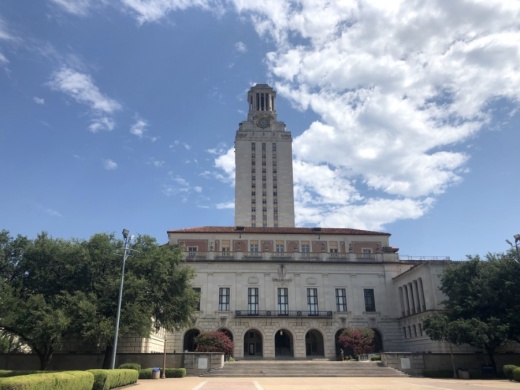“It’s not just about the classroom space,” Escott said. “They’re gathering in social gatherings as well.”
When asked whether the recent suspensions of in-person classes by institutions such as the University of North Carolina-Chapel Hill and the University of Notre Dame raised his concern about UT’s plans, Escott did not make direct comment about UT's impending reopening—although he did recommend that the football team and other athletic programs hold off on welcoming fans to stadiums. Instead, he reiterated APH’s recommendation that students be reintroduced to campus incrementally.
However, he said students’ return to university and K-12 campuses were sure to have an impact, especially to faculty and staff, since older individuals are more susceptible to complications from COVID-19.
“I think there’s no doubt that we’re going to see cases associated with schools and universities,” Escott said.
UT is scheduled to have a hybrid model of both in-person and online courses when it starts the school year until Thanksgiving break, when in-person instruction will end. According to UT's website, most students will not return to campus prior to the end-of-year holidays, and will take final exams online. Many local school districts, including Austin ISD, will have virtual learning only for up to eight weeks.
Current projections from researcher Lauren Ancel Meyers and her team at UT paint an uncertain September, with an even chance of viral spread getting better or worse, Escott said. Daily case counts in Travis County have largely continued to plateau, with some improvement in hospitalizations; the seven-day moving average of daily hospitalizations associated with the virus dropped below 30 on Aug. 18 for the first time since June 19.
“The projection through the middle of September is that we’re going to be relatively flat,” he said. “But the model is not a weather forecast. We don’t have a lot of previous data to plug into that. It’s also a forecast we can change.”
Escott, along with APH Director Stephanie Hayden, encouraged local residents to keep up protective measures as local gatherings, foot traffic and activity pick up due to campus returns.
“We cannot let our guard down,” Hayden said. “I want us to stay the pace, stay the course, don't let up.”





